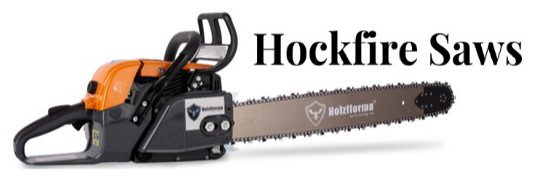I always look for any signs of the spark having a pathway down the insulator.
On some of the ones that failed, I bent the ground strap outwards away from the center electrode. Gives a gap of around .180 to .200 of an inch.
Then do the spark check again with the plug against the engine block. Figured that would help reveal a track/path on the insulator with the large gap now.
Never really saw a definitive track though. Spark jump was fairly random spots.
I only ran the first one that failed to the pint of letting it get a little sooty, before swapping it out. Finish the yard mentality.
After finding the high resistance issues, I swapped a new one (from my spare parts shelf) and went on. Until I had a chance to track down the non-resistors.
Cylinder fins clean and unobstructed. Shrouds are all in place and undamaged, with proper fasteners in place.
No accessories in the air pathway. Flywheel intact no missing fins.
I checked the flywheel keys, clearance to ignition module. No engine knock when in use.
Wasn't overloading the mower. Blades get visual at every use. Any dullness or damage and the blade gets filed and static balanced.
Always pick up sticks look for mole and ant hills before mowing.
That's when you spot the damned Yellow Jacket holes (usually) rather than stepping in them later.
I really wanted to know what was going on with the plugs.
But I never found an answer to cause it, just the resistor going high.







